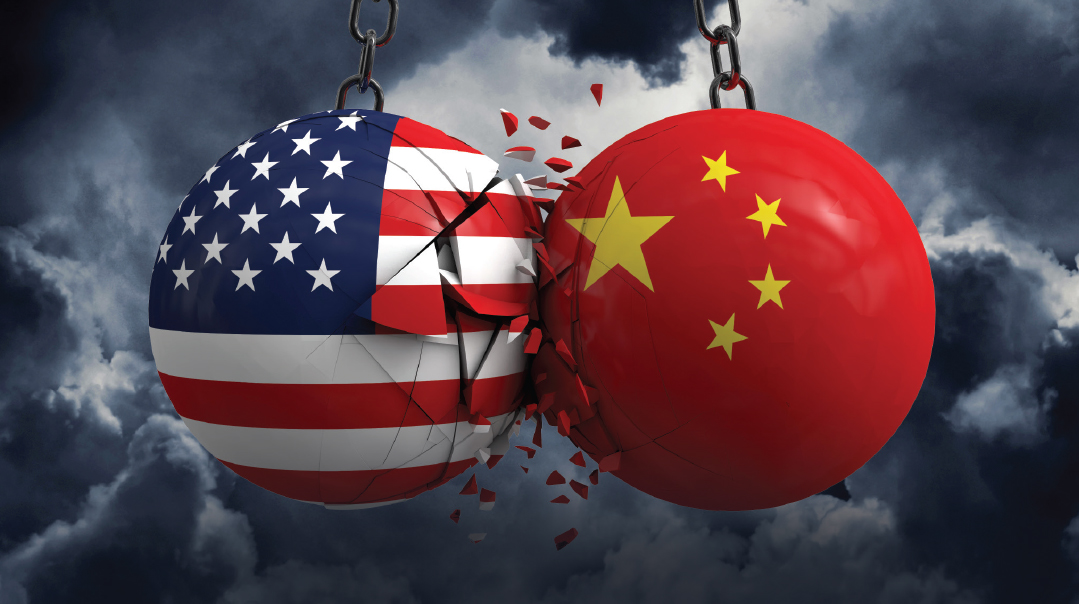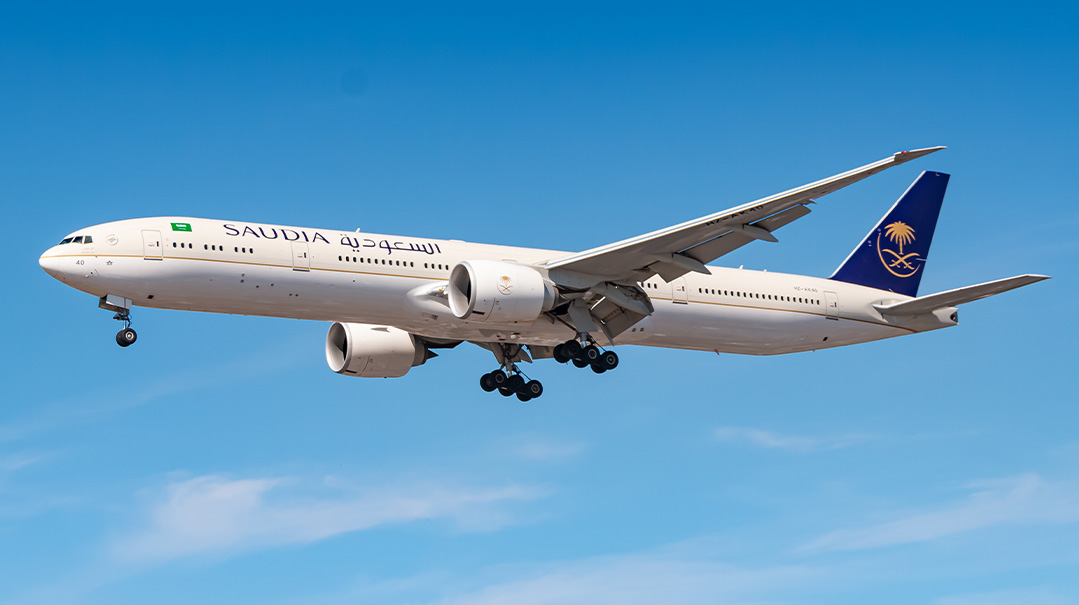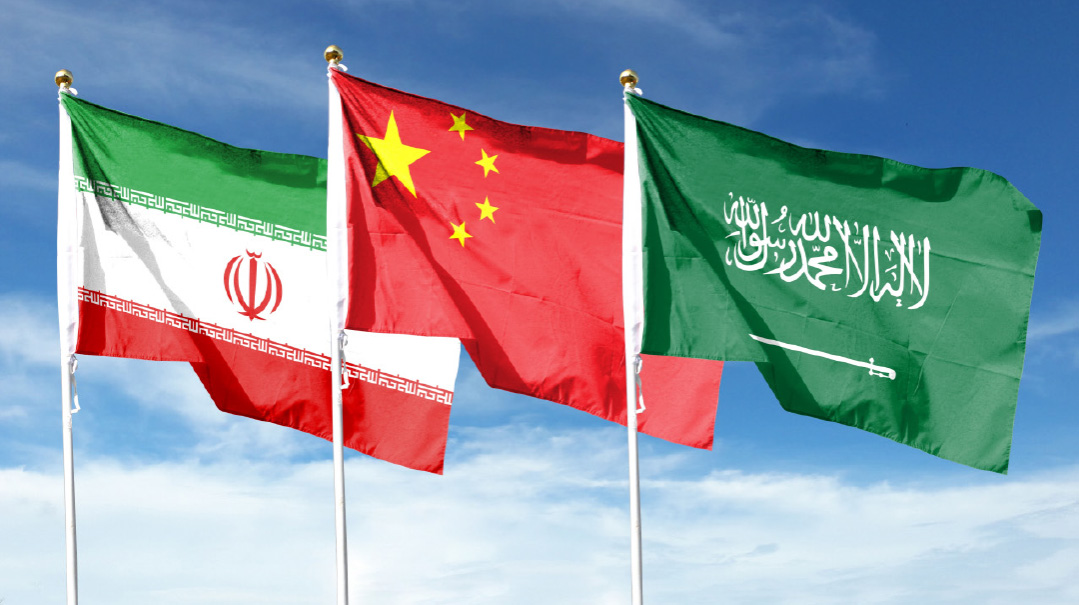Winners and Losers in the Trade War

China not backing down as Trump ramps up tariffs

At the end of last week, President Trump announced a third round of tariffs on Chinese goods, a 10% levy on $300 billion worth of merchandise, including clothing, footwear, toys, and electronic products. That move comes amid an intensifying Sino-American trade war, one that has no foreseeable end. The new round of tariffs means that almost every product imported from China will carry a tariff. Who are the winners and losers of this war?
The Losers
The Chinese Economy
Chinese exports have dwindled since the trade war began, and with it also the growth of the economy. China reported a growth rate of 6.2% in the last quarter, the lowest in 27 years. Exports make up 20% of the Chinese economy, as opposed to just 12% in the United States.
Stock Markets
Following Trump’s announcement on Twitter, stocks fell across the world, including in New York, where the Dow Jones Industrial Average continued to fall on Monday. Markets in Europe and Asia were also down sharply. The intensification of the trade war between the world’s two largest economies comes amid a global slowdown in manufacturing and fears of recession in the United States.
American Consumers
Tariffs on consumer goods will hit especially hard. According to Reuters, 42% of clothing and 69% of footwear sold in the United States is imported from China.
Trump Himself?
A growing number of experts are warning that intensifying the trade war could cause irreparable damage to American farmers, and bring about a political crisis for the president. David Firestein, executive director of the University of Texas at Austin’s China Public Policy Center, told CNBC last weekend that Trump can either be a “tariff president” or a “two-term president.”
As proof of this he cited statistics showing that profits on American exports have plummeted since the trade war began. For example, the value of American soy exports fell from $12 billion in 2017 to just $3 billion in 2018.
The Winners
The truth is that there are no winners in a trade war. But paradoxically, the Chinese may win even when they lose. When their stock exchange plummeted, the Chinese currency, the yuan, fell to its lowest level this year. But a weak yuan benefits Chinese exporters. Trump has more than once accused the Chinese of manipulating their foreign currency in order to keep the yuan low.
How Will the Chinese Respond?
China has a number of options, but it is unlikely that one of them will be to slap tariffs on American exports to China. Why? Because slapping tariffs on a product ultimately raises its price in the country that imposes the tariff. The Chinese have no wish to punish themselves. So they will likely choose from other available options, like ceasing the purchase of certain products from the United States, or refusing to sell certain Chinese products to America — for instance, minerals of which China is the world’s greatest producer.
Those who will be closely following the trade war are American farmers, of whom a decided majority are Trump supporters. Until now the administration has subsidized them with tens of billions for the losses they have suffered. Trump will doubtless seek to find a less expensive solution ahead of the 2020 election.
(Originally featured in Mishpacha, Issue 772)
Oops! We could not locate your form.













